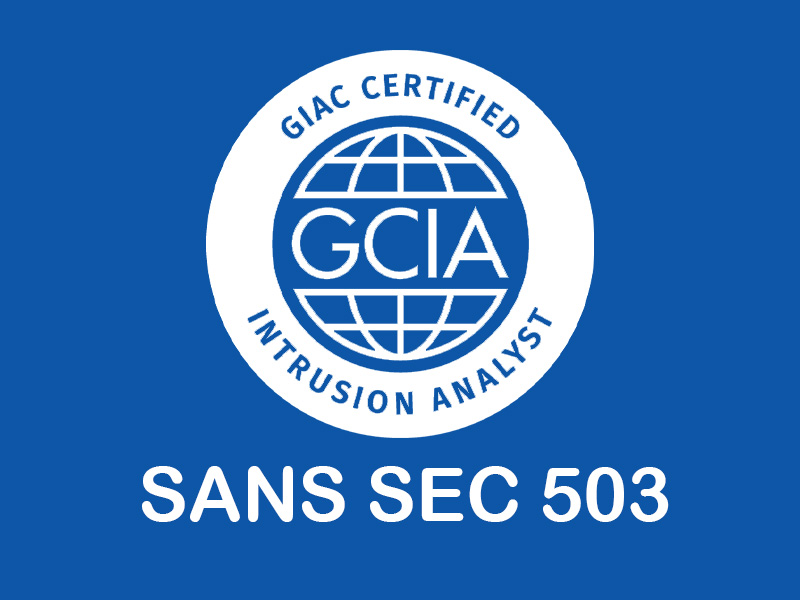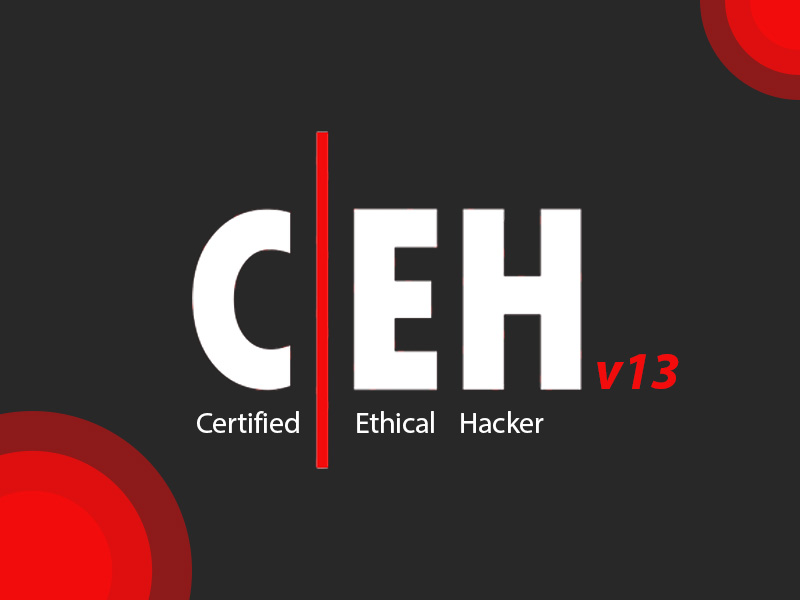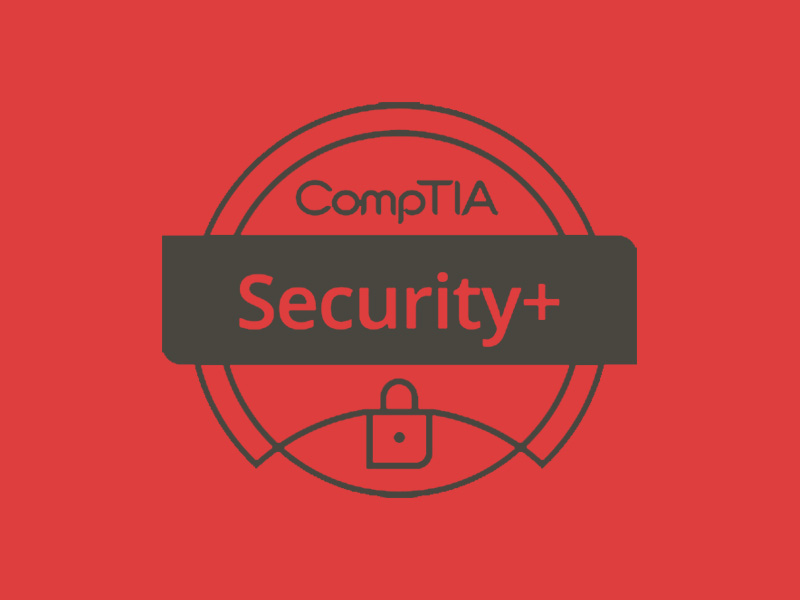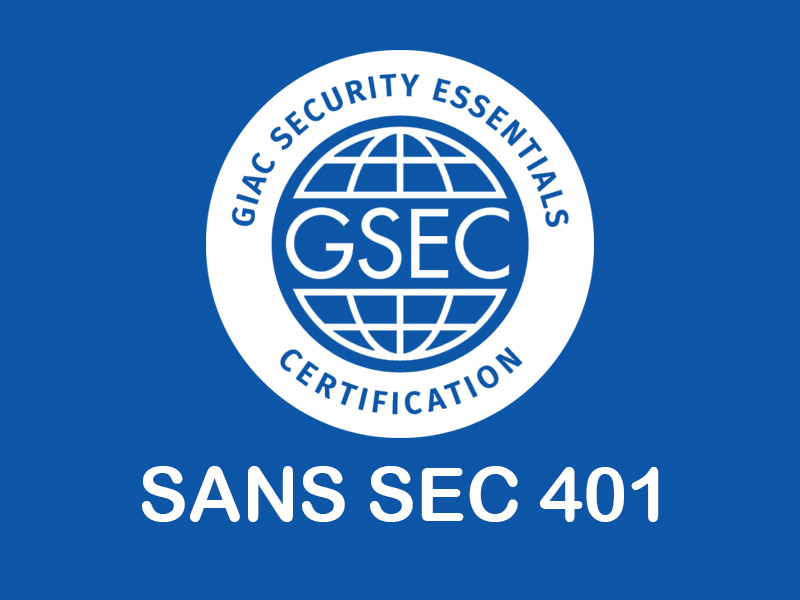دوره SANS SEC 503:Intrusion Detection In-Depth
دوره SANS SEC 503: Intrusion Detection In-Depth یک برنامه آموزشی تخصصی و بسیار عملی است که بر تحلیل عمیق ترافیک شبکه با هدف شناسایی و درک نفوذها و فعالیتهای مخرب تمرکز دارد. شرکتکنندگان در این دوره یاد میگیرند چگونه با استفاده حرفهای از ابزارهای کلیدی مانند Wireshark، Snort و Zeek، بستههای شبکه و پروتکلها را در سطح پایینی بررسی کرده و الگوهای حملات را تشخیص دهند. گذراندن این دوره مهارتهای کاربردی ضروری برای تحلیلگران امنیتی و تیمهای پاسخ به حوادث را فراهم میکند، توانایی آنها را در کشف تهدیدات پنهان افزایش داده و آنها را برای کسب گواهینامه معتبر GCIA آماده میسازد.

| مدت دوره | 120 ساعت |
|---|---|
| پیش نیاز | SANS SEC 401 |

| مدت دوره | 120 ساعت |
|---|---|
| پیش نیاز | SANS SEC 401 |
محتوای دوره SANS SEC 503
- عنوان کامل: Intrusion Detection In-Depth (تشخیص نفوذ به صورت عمیق)
- هدف اصلی: آموزش عمیق و عملی تحلیل بستههای شبکه (Packet Analysis)، درک کامل پروتکلهای شبکه (TCP/IP و لایههای بالاتر) و استفاده از ابزارها و تکنیکها برای شناسایی فعالیتهای مخرب و نفوذ در شبکه.
- مباحث کلیدی:
- تحلیل پروتکلهای شبکه: بررسی عمیق پروتکلهای TCP, UDP, ICMP, DNS, HTTP, SMTP, SMB و … و نحوه استفاده از آنها در حملات.
- تحلیل بستههای شبکه (Packet Analysis): استفاده حرفهای از ابزارهایی مانند Wireshark و
tcpdumpبرای بررسی و تحلیل ترافیک شبکه در سطح بایت. - سیستمهای تشخیص نفوذ (IDS): کار با IDSهای مبتنی بر شبکه مانند Snort و Zeek (که قبلاً Bro نام داشت)، نوشتن قوانین (Rules) و درک خروجی آنها.
- مانیتورینگ امنیت شبکه (Network Security Monitoring – NSM): اصول و استراتژیهای مانیتورینگ مستمر شبکه برای شناسایی تهدیدات.
- تحلیل لاگها: ارتباط دادن اطلاعات به دست آمده از تحلیل ترافیک با لاگهای سیستمها و تجهیزات امنیتی دیگر.
- مقدمات فارنزیک شبکه (Network Forensics): جمعآوری و تحلیل شواهد دیجیتال از ترافیک شبکه پس از وقوع یک حادثه امنیتی.
- رویکرد آموزشی: این دوره بسیار عملی (Hands-on) است و شامل تعداد زیادی تمرین آزمایشگاهی میشود که شرکتکنندگان مهارتهای آموختهشده را مستقیماً روی ترافیک واقعی یا شبیهسازیشده تمرین میکنند.
سرفصلهای دوره
Network Monitoring and Analysis: Part I
Concepts of TCP/IP
- Why is it necessary to understand packet headers and data?
- The TCP/IP communications model
- Data encapsulation/de-encapsulation
- Bits, bytes, binary, and hex
Introduction to Wireshark
- Navigating around Wireshark
- Wireshark profiles
- Examination of Wireshark statistics options
- Stream reassembly
- Finding content in packets
Network Access/Link Layer: Layer 2
- Introduction to the link layer
- Addressing resolution protocol
- Layer 2 attacks and defenses
IP Layer: Layer 3
- IPv4
- Examination of fields in theory and practice
- Checksums and their importance, especially for network monitoring and evasion
- Fragmentation: IP header fields involved in fragmentation, composition of the fragments, modern fragmentation attacks
UNIX Command Line Processing
- Processing packets efficiently
- Parsing and aggregating data to answer questions and research a network
- Using regular expressions for faster analysis
Network Monitoring and Analysis: Part II
Wireshark Display Filters
- Examination of some of the many ways that Wireshark facilitates creating display filters
- Composition of display filters
Writing BPF Filters
- The ubiquity of BPF and utility of filters
- Format of BPF filters
- Use of bit masking
TCP
- Examination of fields in theory and practice
- Packet dissection
- Checksums
- Normal and abnormal TCP stimulus and response
- Importance of TCP reassembly for IDS/IPS
UDP
- Examination of fields in theory and practice
- UDP stimulus and response
ICMP
- Examination of fields in theory and practice
- When ICMP messages should not be sent
- Use in mapping and reconnaissance
- Normal ICMP
- Malicious ICMP
IP6
- Fundamentals
- Improvements over IP6
- Multicast protocols and how they are leveraged by IP6
- IP6 threats
Real-world application: Researching a network
- Who are the top talkers?
- What are people connecting to?
- What services are running on our network?
- What kind of east-west traffic is present?
Signature-Based Threat Detection and Response
Advanced Wireshark
- Exporting web and other supported objects
- Extracting arbitrary application content
- Wireshark investigation of an incident
- Practical Wireshark uses for analyzing SMB protocol activity
- Tshark
Introduction to Snort/Suricata
- Configuration of the tools and basic logging
- Writing simple rules
- Using common options
Effective Snort/Suricata
- More advanced content on writing truly efficient rules for very large networks
- Understanding how to write flexible rules that are not easily bypassed or evaded
- Snort/Suricata “Choose Your Own Adventure ” approach to all hands-on activities
- Progressive examination of an evolving exploit, incrementally improving a rule to detect all forms of the attack
- Application of Snort/Suricata to application layer protocols
DNS
- DNS architecture and function
- DNSSEC
- Modern advances in DNS, such as EDNS (Extended DNS)
- Malicious DNS, including cache poisoning
- Creating rules to identify DNS threat activities
Microsoft Protocols
- SMB/CIFS
- Detection challenges
- Practical Wireshark application
Modern HTTP
- Protocol format
- Why and how this protocol is evolving
- Detection challenges
- Changes with HTTP2 and HTTP3
How to Research a Protocol
- Using QUIC as a case study
- Comparison of GQUIC vs. IETF QUIC
Real-world Application: Identifying Traffic of Interest
- Finding anomalous application data within large packet repositories
- Extraction of relevant records
- Application research and analysis
Building Zero-Day Threat Detection Systems
Network Architecture
- Instrumenting the network for traffic collection
- Network monitoring and threat detection deployment strategies
- Hardware to capture traffic
Introduction to Network Monitoring at Scale
- Function of a network monitoring tools
- The analyst’s role in detection
- Analysis flow process
Zeek
- Introduction to Zeek
- Zeek operational modes
- Zeek output logs and how to use them
- Practical threat analysis and threat modeling
- Zeek scripting
- Using Zeek to monitor and correlate related behaviors
Scapy
- Packet crafting and analysis using Scapy
- Writing packets to the network or a pcap file
- Reading packets from the network or from a pcap file
- Practical Scapy uses for network analysis and network defenders
IDS/IPS Evasion Theory
- Theory and implications of evasions at different protocol layers
- Sampling of evasions
- Necessity for target-based detection
- Zero-day monitoring evasions
Large-Scale Threat Detection, Forensics, and Analytics
Using Network Flow Records
- NetFlow and IPFIX metadata analysis
- Using SiLK to find events of interest
- Identification of lateral movement via NetFlow data
- Building custom NetFlow queries
Threat Hunting and Visualization
- Various approaches to performing network threat hunting at enterprise scale in networks
- Exercises involving approaches to visualizing network behaviors to identify anomalies
- Applications of data science to streamline security operations and perform threat hunting
- Experimenting with an AI-based system to identify network protocol anomalies on a defended network
Introduction to Network Forensic Analysis
- Theory of network forensics analysis
- Phases of exploitation
- Data-driven analysis versus alert-driven analysis
- Hypothesis-driven visualization
Advanced Network Monitoring and Threat Detection Capstone
این دوره در نهایت با یک پروژه عملی مبتنی بر سرور در زمینه نظارت بر شبکه و شناسایی تهدیدات به اوج خود میرسد که جذاب و چالشبرانگیز است. دانشجویان به صورت انفرادی برای پاسخ دادن به سؤالات متعددی که نیازمند استفاده از ابزارها و مباحث تئوری پوشش داده شده در طول دوره است، به رقابت میپردازند.
مدرک معتبر
شرکت ارتباط افزار افق دارای مجوزهای معتبر و رسمی از سازمانهای ذیربط بوده و مدارک پایان دوره ارائه شده توسط این شرکت کاملا معتبر میباشند.
مزایای گذراندن دوره SANS SEC503
- یادگیری عمیق و بنیادی: برخلاف بسیاری از دورهها که سطحی به مباحث میپردازند، SEC503 به شما درک عمیقی از نحوه کارکرد شبکهها و پروتکلها میدهد که اساس تشخیص نفوذ است.
- تسلط بر ابزارهای کلیدی: شما مهارت عملی و پیشرفتهای در استفاده از ابزارهای استاندارد صنعتی مانند Wireshark, tcpdump, Snort و Zeek کسب خواهید کرد که در اکثر مراکز عملیات امنیت (SOC) استفاده میشوند.
- توانایی شناسایی حملات پنهان: با تحلیل دقیق ترافیک، قادر خواهید بود حملات پیچیده، ترافیک رمزنگاریشده مشکوک، و فعالیتهای مخربی که توسط ابزارهای امنیتی سطحیتر شناسایی نمیشوند را کشف کنید.
- آمادگی برای گواهینامه معتبر GCIA: دریافت گواهینامه GCIA اعتبار حرفهای شما را به شدت افزایش میدهد و نشاندهنده تخصص شما در این حوزه است.
- ارتقای شغلی: دانش و مهارتهای کسبشده در این دوره، همراه با گواهینامه GCIA، میتواند منجر به فرصتهای شغلی بهتر در نقشهایی مانند تحلیلگر SOC (سطح 2 و 3)، تحلیلگر نفوذ، متخصص پاسخگویی به حوادث و مهندس امنیت شبکه شود.
- افزایش کارایی تیم امنیتی: فردی که این دوره را گذرانده باشد، میتواند به طور قابل توجهی به بهبود قابلیتهای تشخیص و تحلیل تهدیدات در تیم امنیتی سازمان کمک کند.
- درک عملی تهدیدات: به جای صرفاً دانستن نام حملات، یاد میگیرید که این حملات در سطح شبکه چگونه به نظر میرسند و چگونه میتوان آنها را شناسایی کرد.
این دوره برای چه کسانی مناسب است؟
این دوره برای افرادی مناسب است که در زمینه امنیت شبکه فعالیت میکنند و نیاز به درک عمیقتری از ترافیک شبکه و روشهای تشخیص نفوذ دارند، از جمله:
- تحلیلگران مرکز عملیات امنیت (SOC Analysts)
- متخصصان پاسخگویی به حوادث (Incident Responders)
- تحلیلگران نفوذ (Intrusion Analysts)
- مهندسان امنیت شبکه
- مدیران شبکه با مسئولیتهای امنیتی
- افرادی که میخواهند گواهینامه GCIA را دریافت کنند.
دورههای مرتبط
این دوره برای مدیران سیستم ویندوز، مهندسان و تحلیلگران امنیت، متخصصان اکتیو دایرکتوری، اعضای تیم آبی (Blue Team)، شکارچیان تهدید و هر فردی که مسئولیت حفاظت از سیستمها و زیرساختهای مبتنی بر ویندوز را بر عهده دارد، بسیار مناسب

تلفن: 02191305979 و 09026349616 | ایمیل: crm@shop.ofoghtech.ir







نقد و بررسیها
هنوز بررسیای ثبت نشده است.
.فقط مشتریانی که این محصول را خریداری کرده اند و وارد سیستم شده اند میتوانند برای این محصول دیدگاه(نظر) ارسال کنند.